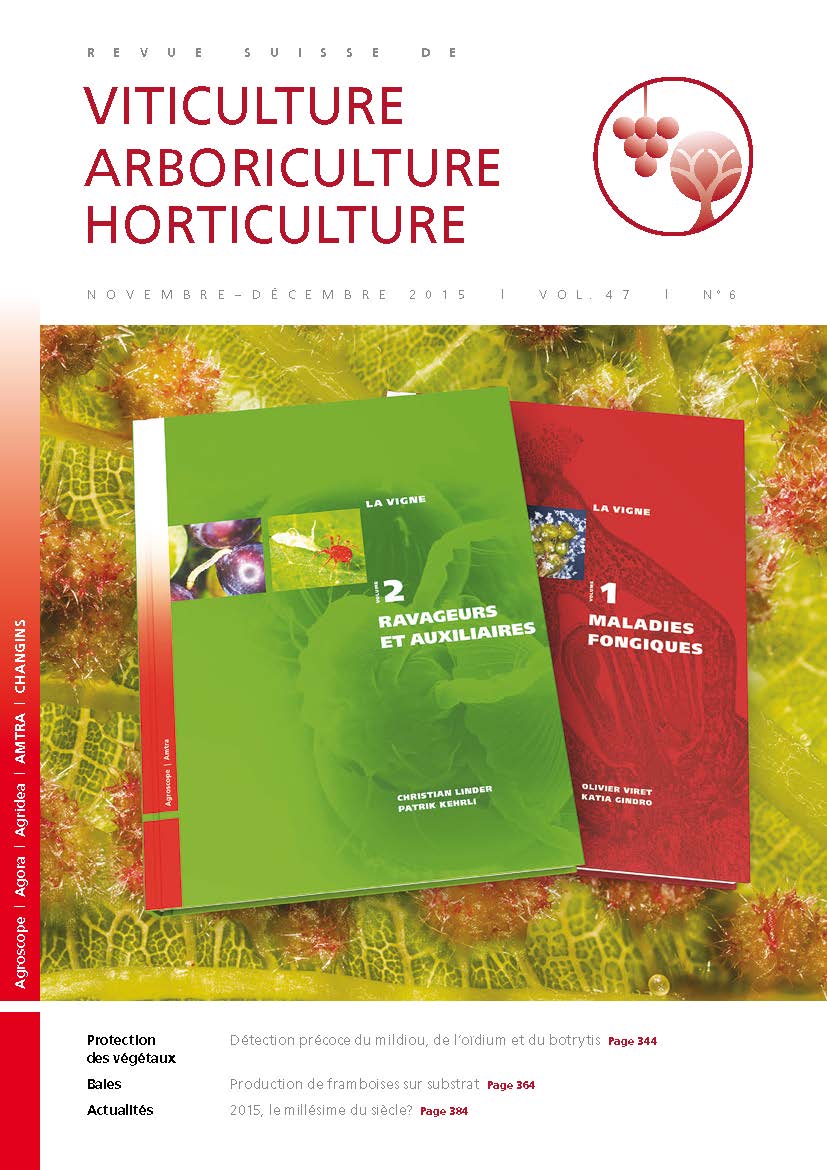
Issue 6 - November - December 2015
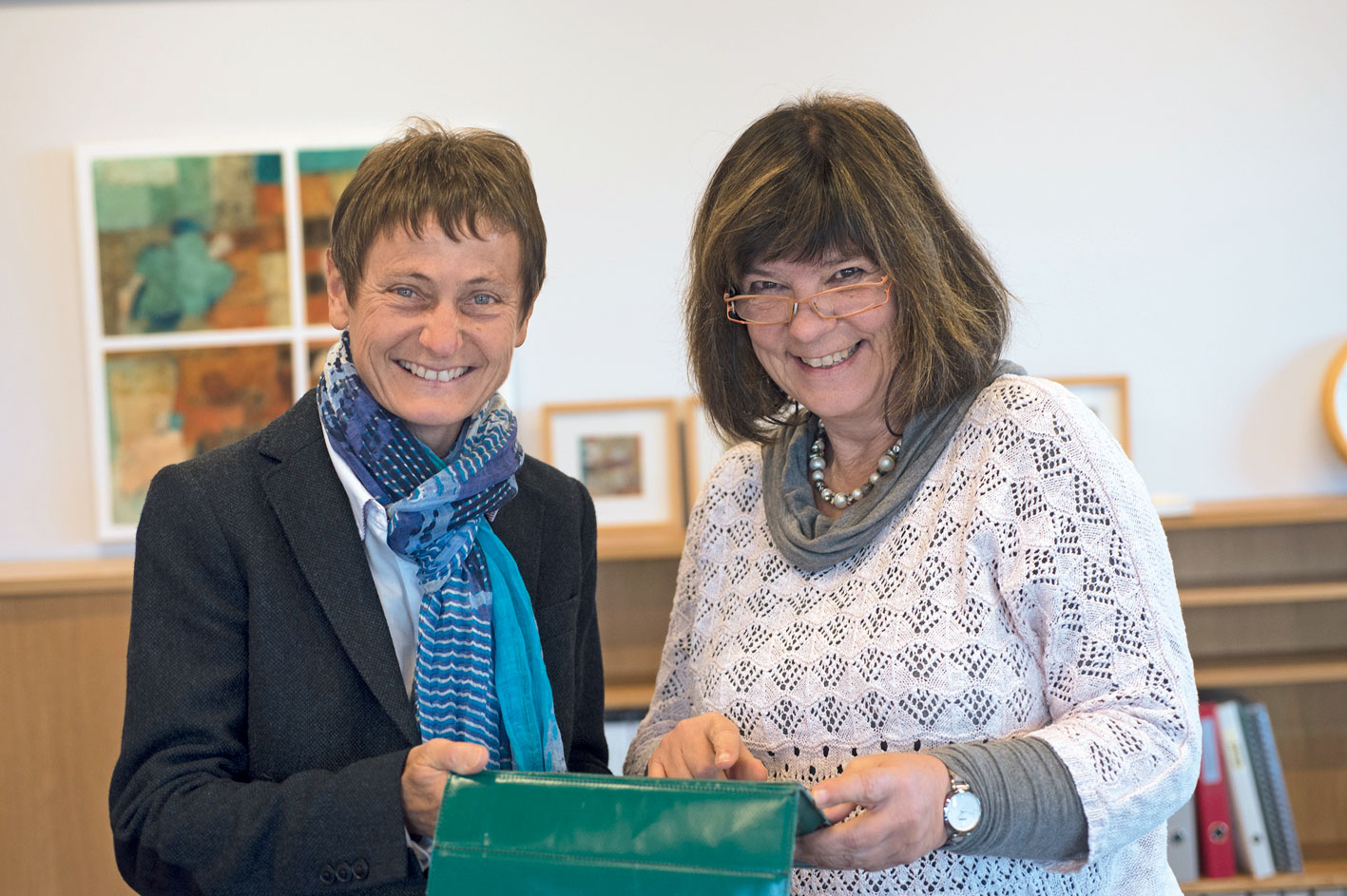
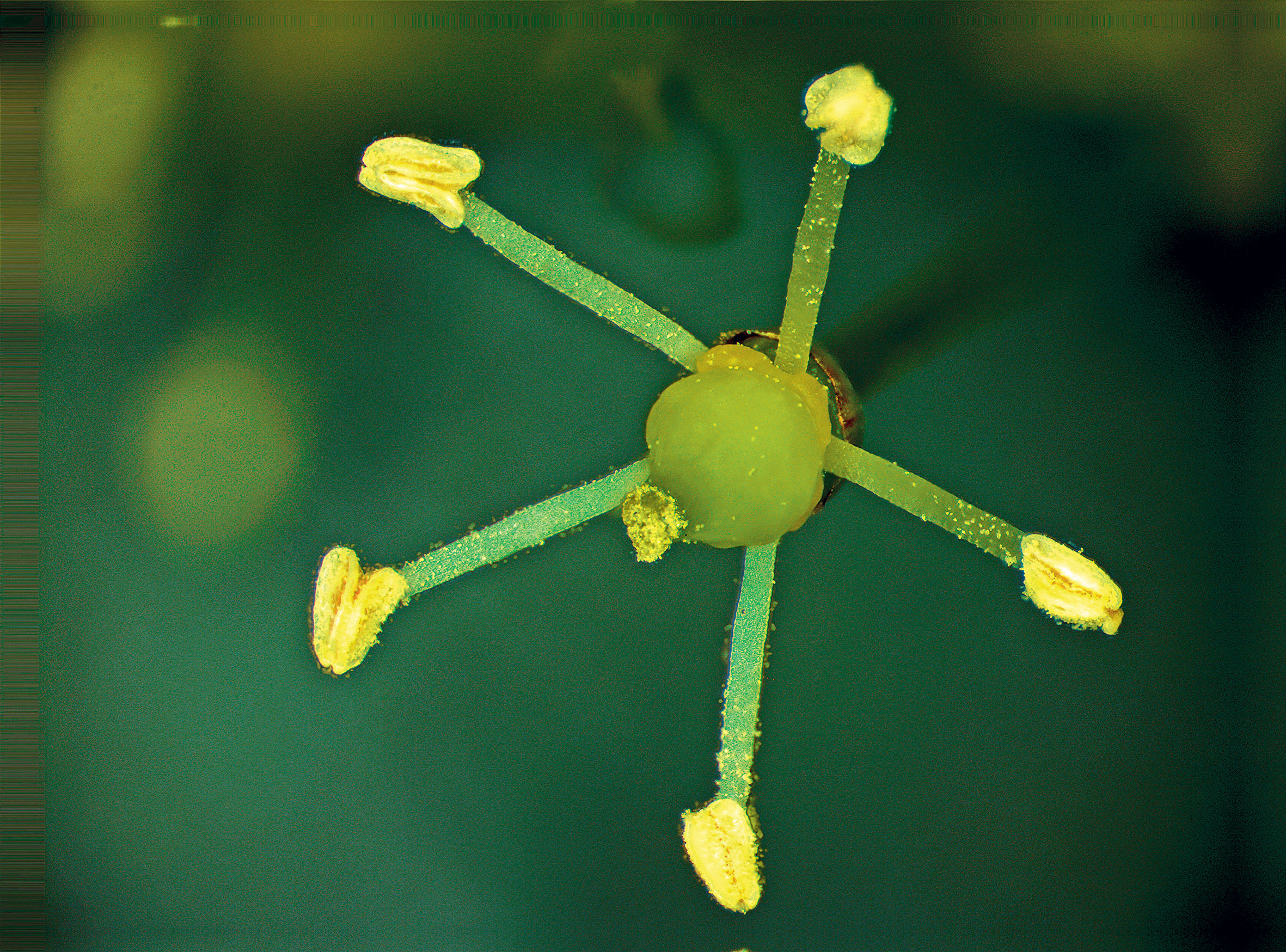
Abstract in open access
A simple and reliable method is proposed for detecting fungal propagules in vine tissues via direct amplification by PCR without previous DNA purifying. This method’s potential is illustrated by several examples. For this, different vine samples were crushed in the presence of polyvinylpolypyrrolidone and utilised directly as a matrix for PCR amplification using primers specific to the vine and to its three main fungal pathogens, Plasmopara viticola, Erysiphe necator and Botrytis cinerea. The specificity of the amplifications was validated by PCR-product sequencing. Dilution series of the different fungal propagules studied revealed major sensitivity reactions for P. viticola, B. cinerea and E. necator, that is to say one single sporangium or conidium. Microscopy allowed visualisation of the spores and other fungal propagules within the plant tissues, particularly in the dormant buds or flowers of the vine, but not the identification of the present species, which was accomplished in parallel by direct PCR. Powdery mildew and grey mould were detected in 29 % and 65 % of the buds analysed, respectively. Downy mildew was detected in leaves in field right after potentially infectious rainfall or dewfall. Grey mould was detected in asymptomatic flowers after visualisation by microscopy and identified by direct PCR. Microscopy observations revealed the presence of hyphae in asymptomatic stalks, and direct PCR enabled the identification of P. viticola. The validation and utilisation of this method are discussed as a supplement to microscopy, particularly for the study of the epidemiology of biotrophic fungi non-cultivable on artificial growth media.
Keywords: downy mildew, powdery mildew, grey mold, direct PCR, buds, leaves, rachis, flowers, grapevine
E-Mail: katia.gindro@agroscope.admin.ch
Adress: Agroscope, 1260 Changins/Nyon
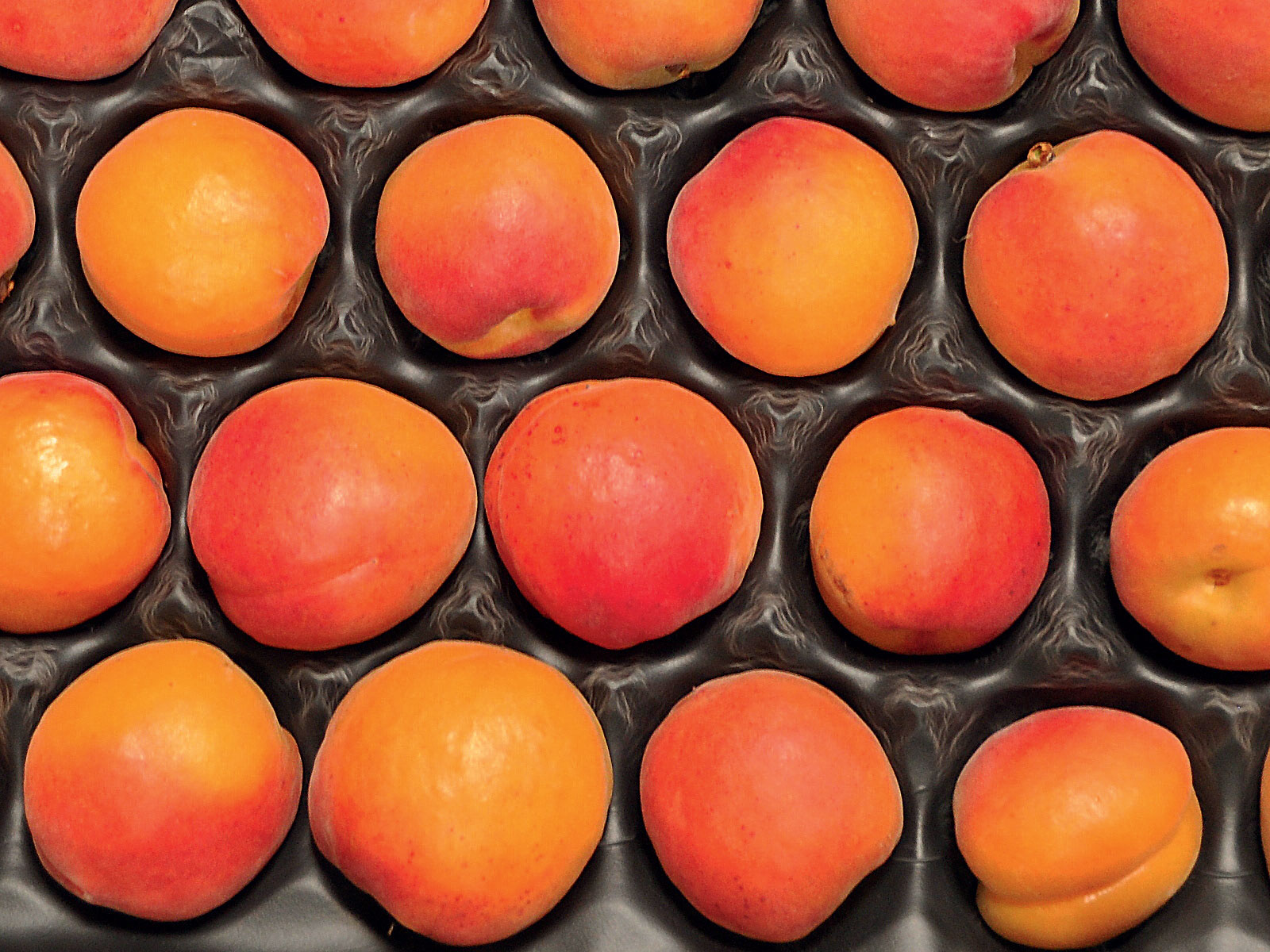
Abstract in open access
Apricot ripening evolves quickly after picking, especially under the influence of ethylene. Various techniques are available to maintain fruit quality, including temperature reduction and 1-MCP treatment, an antagonist of ethylene. In this study, the influence of fruit maturity at harvest, storage temperature and 1-MCP treatment was assessed on ethylene production and quality parameters of two apricot varieties (Orangered® and Goldrich) during two consecutive years. The results show that maturity at harvest influences all the quality parameters evaluated in this study. Storing fruit at 1 °C is more effective than 8 °C to slow down ethylene production and losses of firmness. 1-MCP treatment does not influence sugar content and acidity during storage at 1 and 8 °C but slows down apricot softening and ethylene production, especially when storage temperature is high and fruits are ripe at harvest.
Keywords: apricot, 1-MCP, storage, ethylene, firmness, quality
E-Mail: severine.gabioud@agroscope.admin.ch
Adress: Agroscope, 1964 Conthey
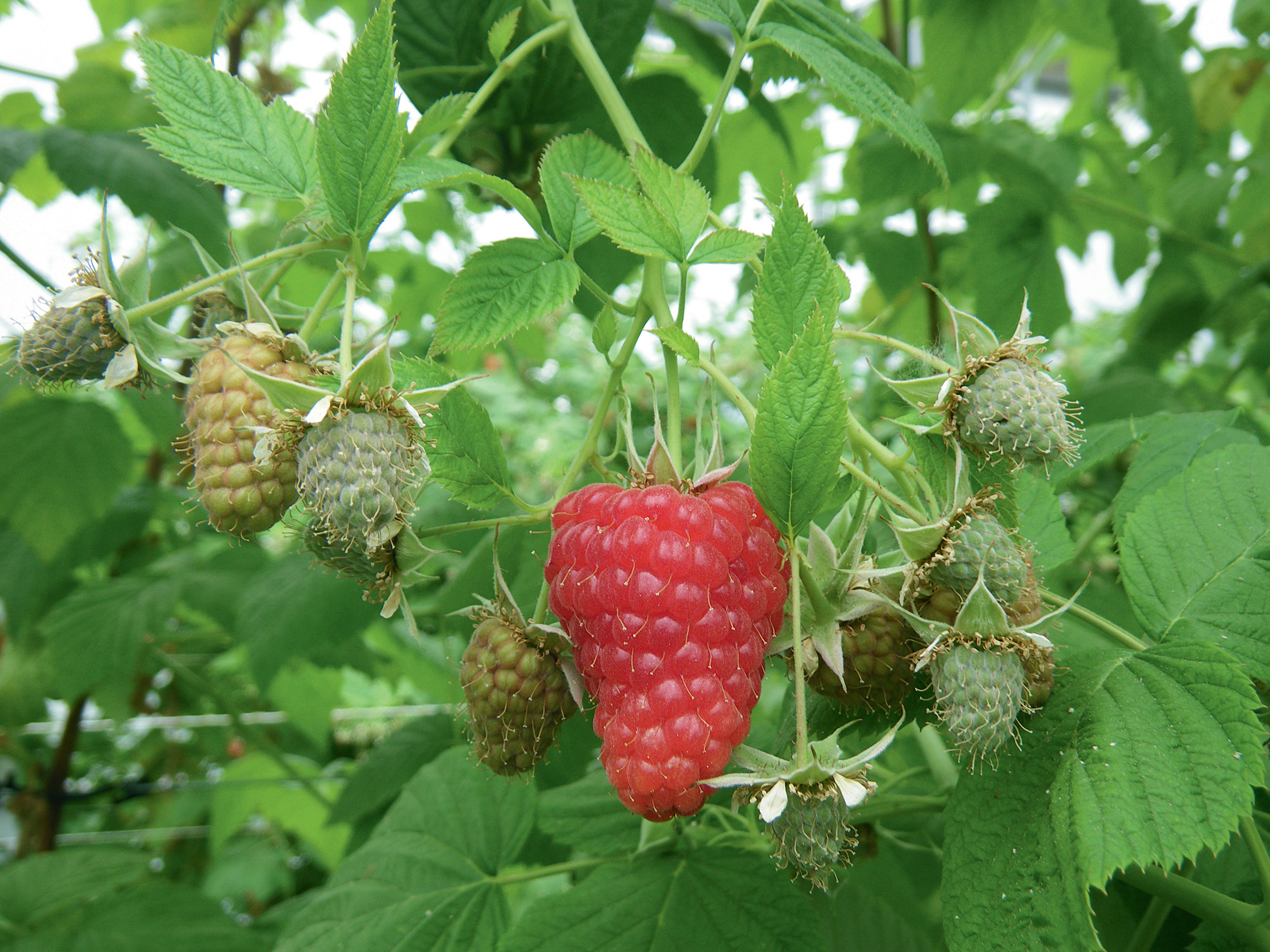
Abstract in open access
These days the raspberry production on substrate has grown strongly in Switzerland due to its high production potential. The economic success depends on the quality of seedlings and on optimal management of the crop. In this context, the use of a suitable substrate and an adapted pot volume are important factors. The results obtained in this project showed that the pot volume was very important for the berry yield and fruit size. For the raspberry production on substrate the assumed optimal pot volume is of 10 liters. For choosing a substrate, in addition to economic criteria, the origin and the environmental impact of its production has to be considered. Based on the tests carried out, alternatives exist to the use of peat or coconut fibers, without affecting negatively the yield and fruit quality. In particular, a substrate manufactured in Switzerland consisting of composted plant residues, wood and coconut fibers is very promising.
Keywords: fruit weight and quality, raspberry, Rubus idaeus L., substrate production, yield
E-Mail: andre.ançay@agroscope.admin.ch
Adress: Agroscope, 1964 Conthey
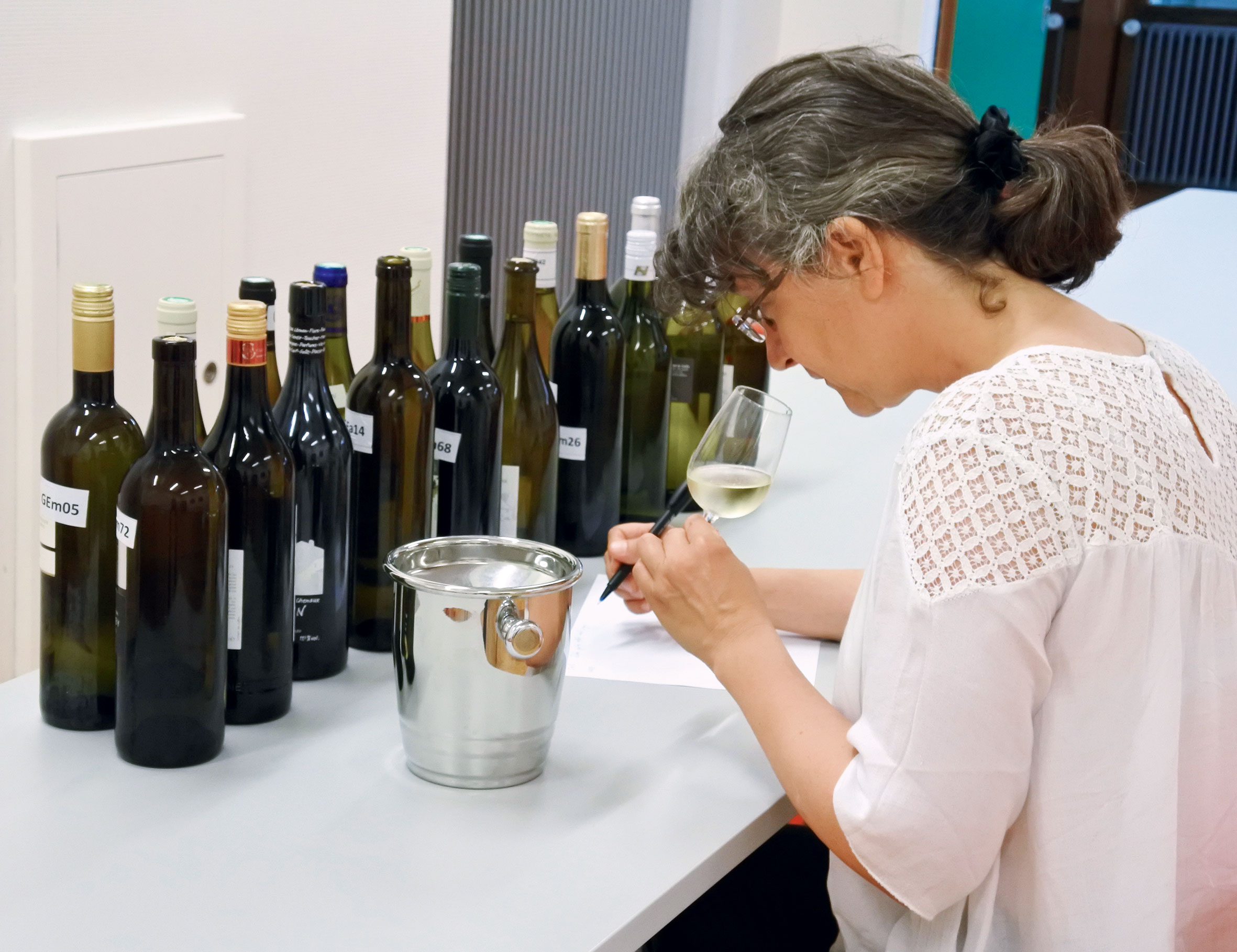
Abstract in open access
Tasting notes make more and more reference to minerality when describing wines. Moreover, many definitions exist and often refer to different sensory descriptors. The goal of this article was to know if wine professionals reach the same sensory perception, despite the diversity of definitions that are possible. 62 Swiss wine professionals and 19 Burgundian wine professionals evaluated the exemplarity level of minerality of 80 Chasselas. They tasted and quoted the intensity of minerality on a linear scale for each wine they perceived (without explanations). Professionals who judged the wines were not in perfect agreement with one another. Each wine obtained at least one mark from 0 to 10. Minerality perception seems affected by the tasters’ origin. Tasters from Geneva found more minerality in wines from the Valais. Professionals from Vaud found it in wines of their canton. Burgundian professionals’ judgements, despite their lack of knowledge of Chasselas wines, fitted those of Swiss professionals for five out of seven wines judged as good examples of minerality.
Keywords: Chasselas, minerality, exemplarity, wine tasting, professionals
E-Mail: pascale.deneulin@changins.ch
Adress: School of Engineering at Changins
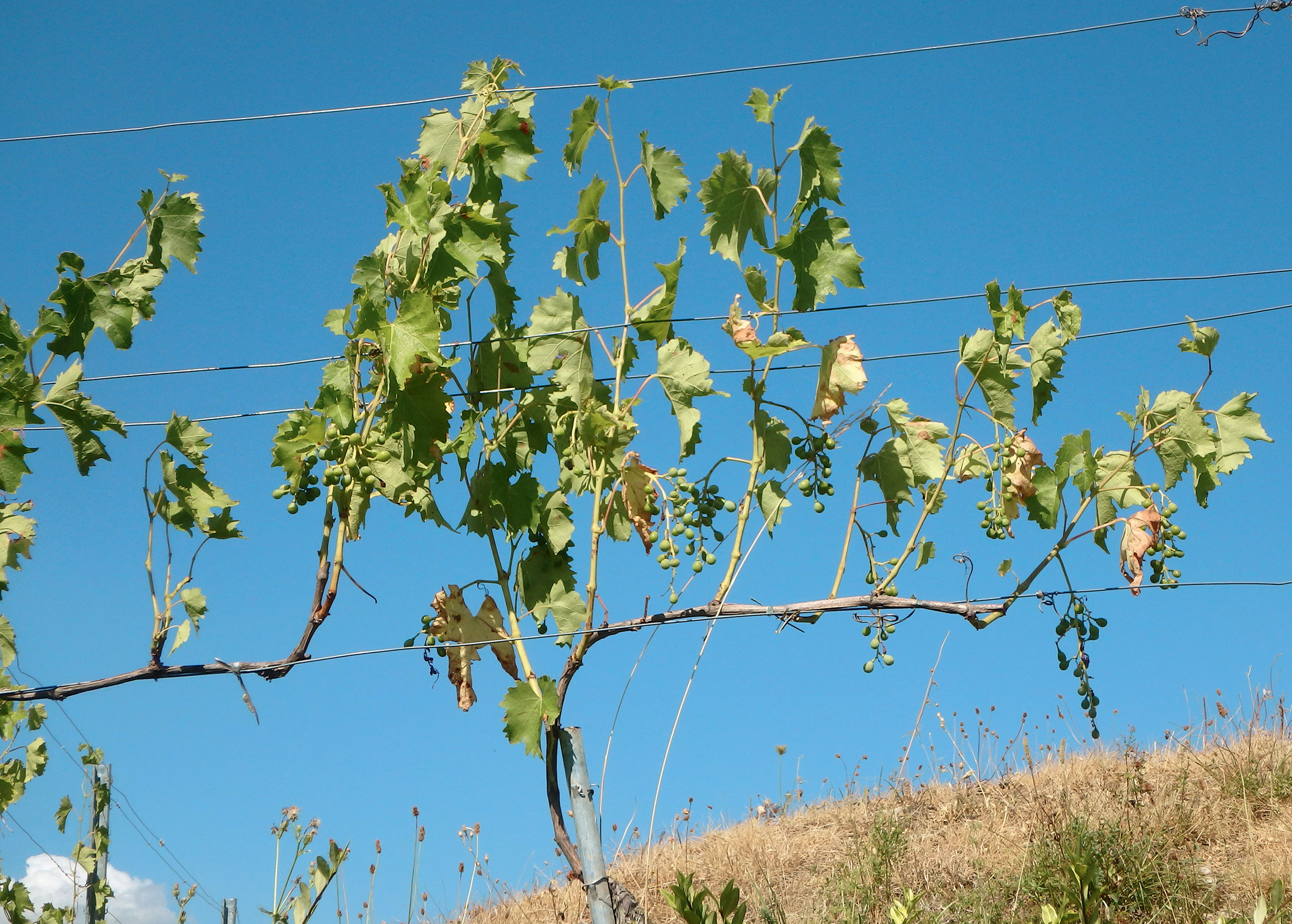
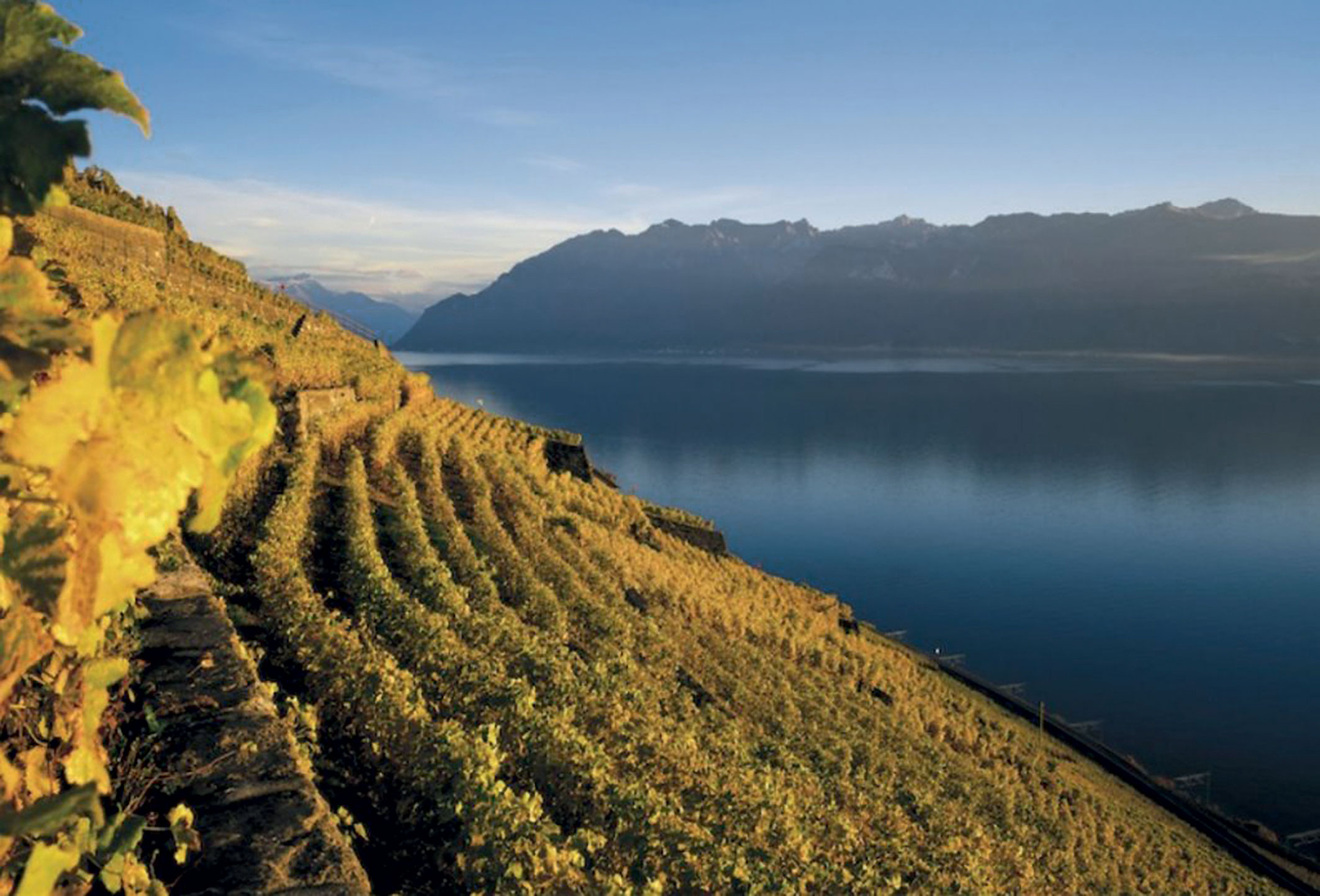

 Download of full issue
Download of full issue
 Download article
Download article